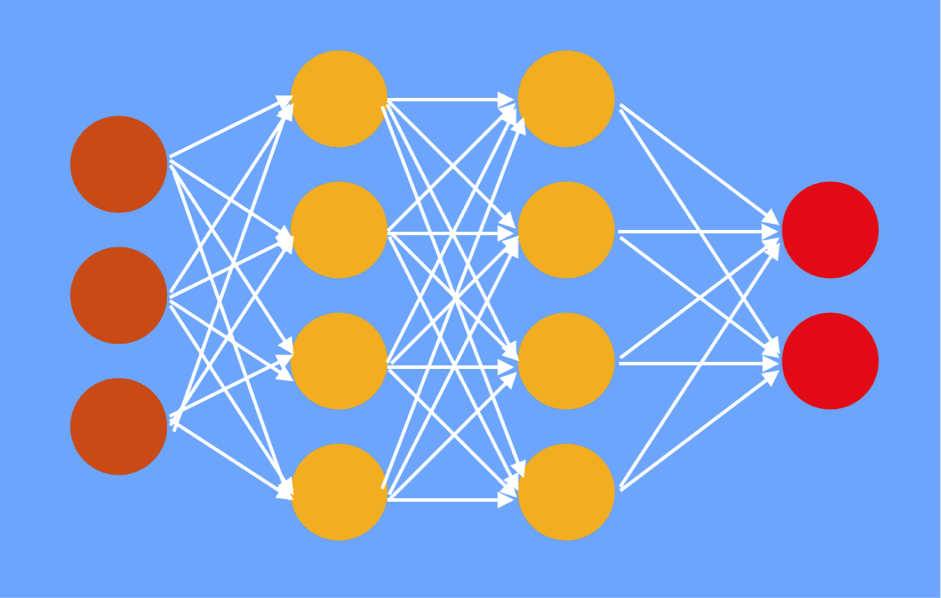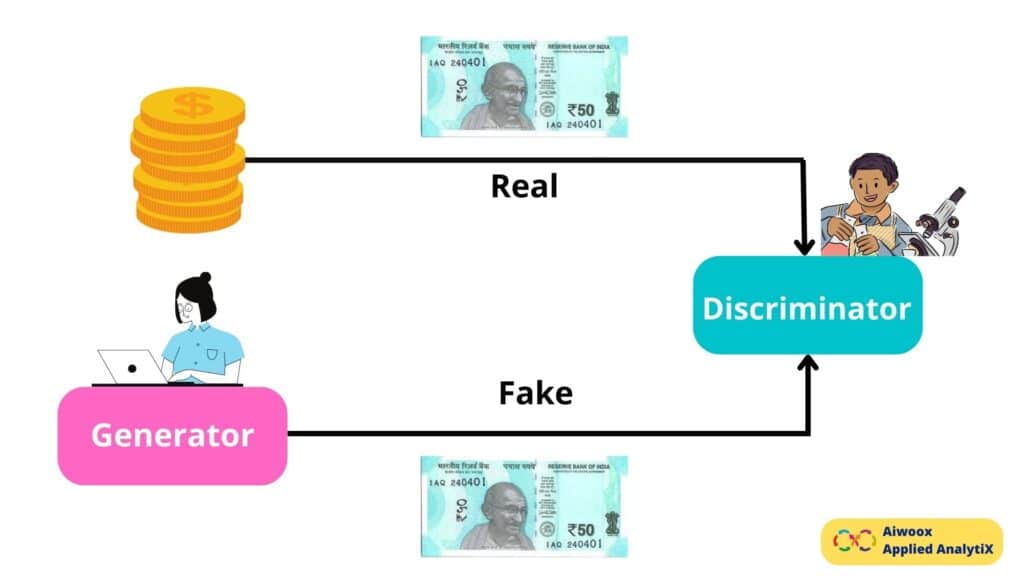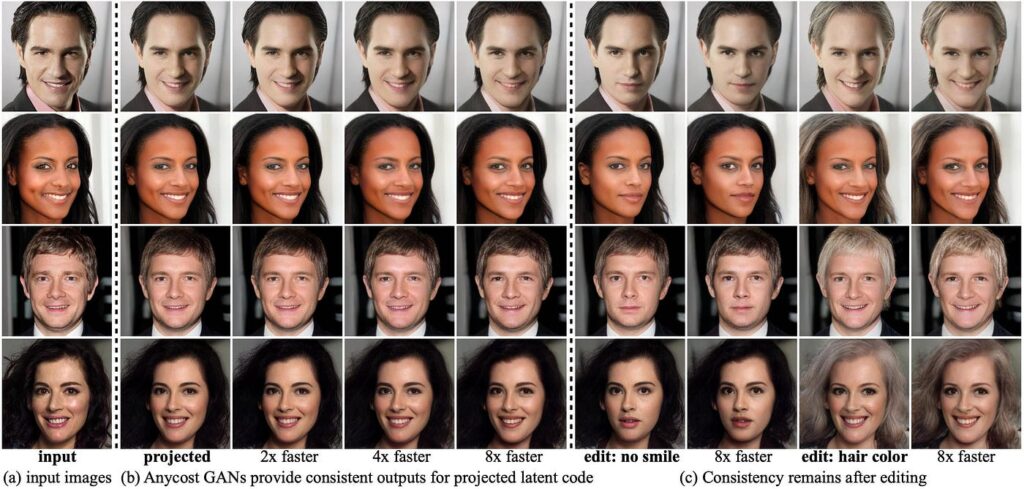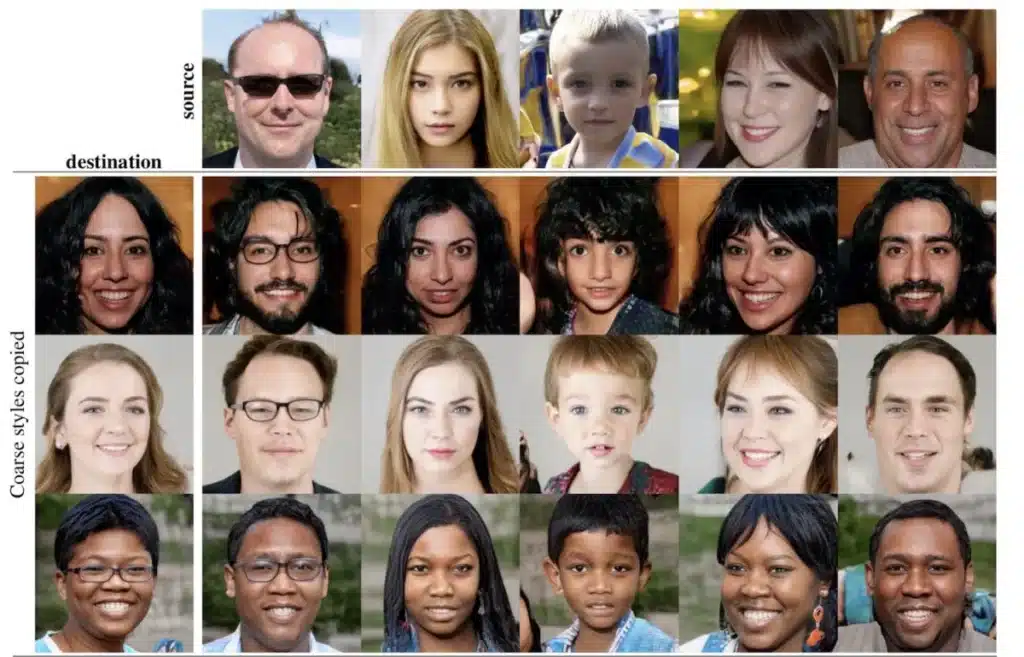Generative Adversarial Networks (GANs) are a strong class of neural networks that have revolutionized the field of generative modeling. They have the ability to generate realistic images, videos, and other types of data by training two neural networks to contend against one another. In this article, we will explore the fundamentals of GANs, their applications, and future directions.
Contents
What is a GAN?
A GAN is a sort of generative model that comprises of two neural networks: a generator and a discriminator. The generator generates fake information, whereas the discriminator endeavors to differentiate between real and fake data. The two networks are trained together in a process called adversarial training. Adversarial training involves training the generator to produce fake data that can fool the discriminator while training the discriminator to correctly identify fake data. The two networks are trained together in a loop, with the generator trying to improve its output and the discriminator trying to improve its accuracy.
GANs use two loss functions: the generator loss and the discriminator loss. The generator loss measures how well the generator is able to fool the discriminator, while the discriminator loss measures how well the discriminator is able to discern between authentic and phony data. The two networks are trained together to minimize their respective loss functions.
Applications of GANs
1 Image Synthesis: One of the most popular applications of GANs is image synthesis. GANs can be utilized to develop realistic images of objects, landscapes, and even people. Applications include art and design, video games, and virtual reality.
2. Data Augmentation: GANs can also be used for data augmentation. This involves generating new data from existing data, which can be utilized to enhance the undertaking of machine learning models. Applications include image classification, natural language processing, and speech recognition.
3 Style Transfer: GANs can also be used for style transfer. This involves taking the style of one image and applying it to another image. Applications include image and video editing and artistic expression.
Challenges and Future Directions
Despite their success, GANs still face a number of challenges. One of the biggest challenges is mode collapse, where the generator produces only a limited range of outputs. Another challenge is training stability, where the generator and discriminator fail to converge. There are many exciting directions for the future of GANs. One promising area is the development of more efficient and stable models. Researchers are also exploring the use of GANs in new areas, such as music and audio synthesis, text generation, and robotics.
Generative Adversarial Networks are a powerful class of neural networks that have revolutionized the field of generative modeling. They have enabled us to generate realistic images, videos, and other types of data in new and exciting ways. As we continue to develop and refine these technologies, we must also be mindful of their challenges and work towards creating more stable and efficient models.




